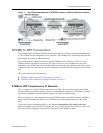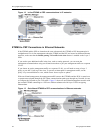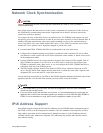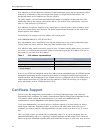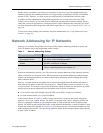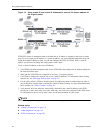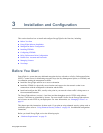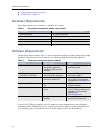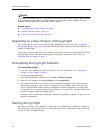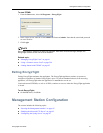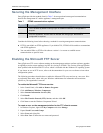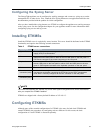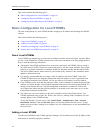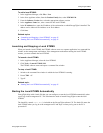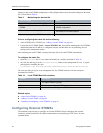
EncrypTight Software Installation
EncrypTight User Guide 39
Firewall Ports
In order for EncrypTight components to communicate, you need to make sure that any firewalls in your
system are configured to allow the following protocols.
EncrypTight Software Installation
EncrypTight installation tasks are described in the following topics:
● “Installing EncrypTight Software for the First Time” on page 39
● “Upgrading to a New Version of EncrypTight” on page 40
● “Uninstalling EncrypTight Software” on page 40
● “Starting EncrypTight” on page 40
● “Exiting EncrypTight” on page 41
Installing EncrypTight Software for the First Time
To install EncrypTight for the first time, follow the procedure below.
To install the EncrypTight software:
1 Quit all programs before installing EncrypTight.
2 Insert the EncrypTight CD into the CD-ROM drive. The installation program should start
automatically. If it does not, open the CD and double click
EncrypTight.exe.
3 Follow the instructions in the installation wizard. Click Next to advance through the wizard.
4 When the installation is complete, click Done to quit the installer.
Table 6 Firewall ports
Protocol Port Comments
FTP TCP 20, 21 Used for upgrading the software on a PEP.
HTTP TCP 80 Used to communicate management information to EncrypTight
appliances when TLS is disabled.
ICMP/Ping Used to check connectivity with a device.
IPsec ESP IP protocol 50 Used in encryption policies.
SFTP TCP 22 Used for secure FTP operations.
SNMP UDP 161, 162 Used to send SNMP traps from the PEPs to a management
workstation.
SNTP UDP 123 Used for time synchronization among EncrypTight components.
SSH TCP 22 Used to securely access the CLI on ETEP PEPs and the
ETKMS.
Syslog UDP 514 Used to send syslog messages from the PEPs to a syslog
server.
TLS (HTTPS) TCP 443 A secure method of communicating management information
between ETEMS and the PEPs.
XML-RPC TCP 443 Used for communications between ETPM and the ETKMSs and
between the ETKMSs and the PEPs.



